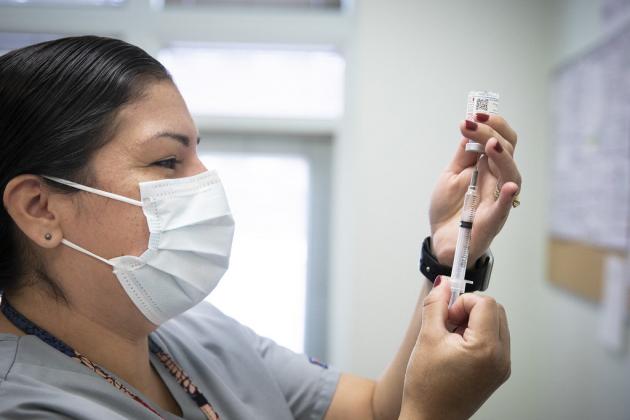If we have learned anything from this pandemic, it’s that when we think it’s over – it’s not.
In the beginning, it was thought that COVID-19 would just be a blip on the global radar, maybe even never reaching American soil as we went a few weeks from the first noted case in China to the first confirmed case in the states.
It didn’t take long from there before the whole country was on red status, hospitals full, morgues full, schools and businesses empty. At the height of the pandemic, daily death tolls were the norm, obituaries took over newspaper space formerly allotted to entertainment news and food reviews, and businesses failed under the weight of extended lockdowns and pandemic mandates and protocols.
When we first saw daily case diagnoses diminish and the fatality rate decline, we collectively rejoiced and enjoyed relaxed restrictions and open facilities. We ate; we drank; and we were merry.
Then, the daily COVID case counts rose again, breaking records set by the first wave for cases, death toll and hospital occupancy. Each and every time we let our guard down and congregated unfettered, the results were the same – an uptick in COVID cases and an uptick in deaths. Memorial Day, July 4 … loosening up on COVID protocols to reduce the spread resulted in an almost immediate surge each and every instance. Combined with the resurgence of the virus in the form of mutations, COVID-19 has managed to stay the course despite moments where it seemed all but over. Thanks to the deadlier Delta variant, September brought a rise in new cases and hospitalizations that dwarfed those seen in months before the vaccine was available.
Vaccination efforts have helped stave off the mass infection rate noted at this time last year. However, the rate of inoculation is far from accomplishing herd immunity, and with fewer than 50% of eligible residents fully vaccinated, the Golden Triangle is in danger of another COVID-19 surge as the holiday season approaches.
Without boosting our local vaccination numbers before boosting the numbers we congregate in, we could very well face a post-holiday surge in January, like the one experienced last year before the vaccine was available. Decisions like that of the Beaumont Independent School District to suspend the district-wide mask mandate after Thanksgiving could prove hasty, especially since children 5 through 11 just received vaccine eligibility in late October and none yet have been fully vaccinated with the two-dose vaccine.
In the spirit of Thanksgiving, we can all show our gratitude for the tireless work of local nurses and doctors by doing all we can to prevent ourselves from becoming COVID-19 patients. The No. 1 way to do that? Get vaccinated.


